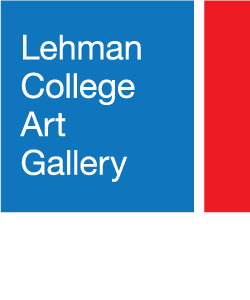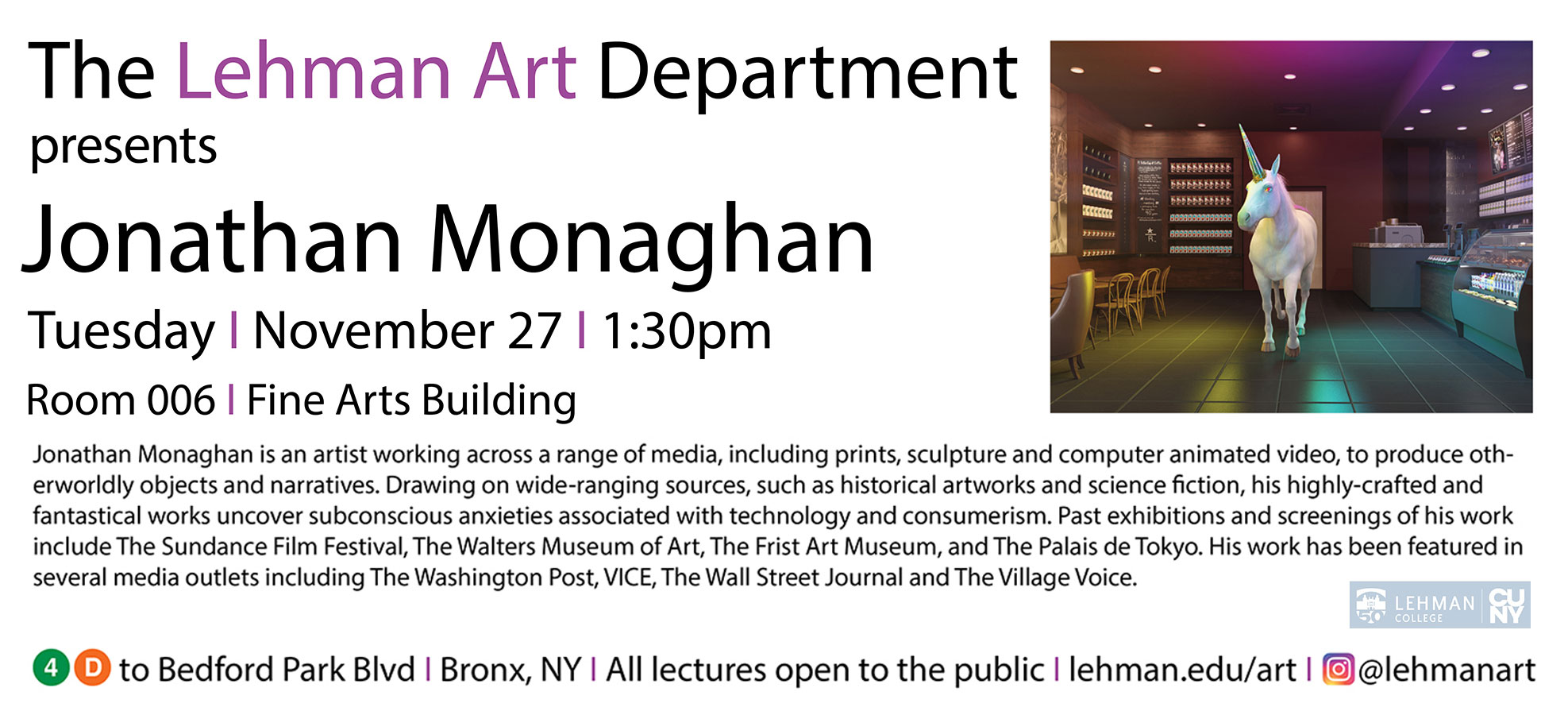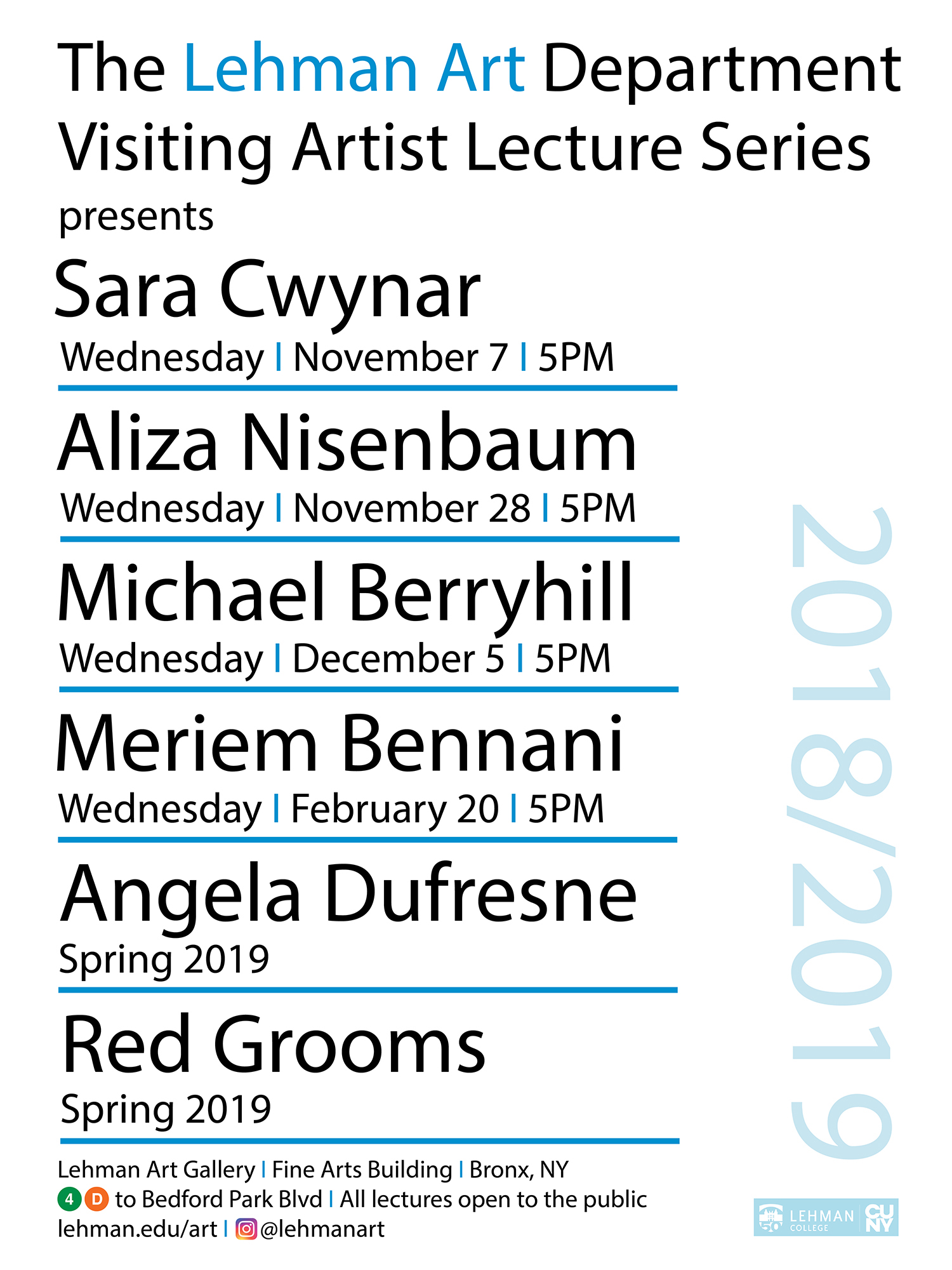February 4, 1998 – May 16, 1998
History of People: Part I, A Town Portrait Maria Magdalena Campos-Pons
History of People: Part I, A Town Portrait is being curated by Julia P. Herzberg. Ms. Herzberg has written extensively on Latin-American artists and has curated many Latin-American exhibitions including Leandro Katz: Two Projects/A Decade, El Museo de Barrio, NY; Raquel Rabinovich: Drawings 1978-1995, INTAR Gallery, NY; Latino Arts and Culture; Rutgers, NJ; and Wifredo Lam and his Contemporaries, The Studio Museum in Harlem, NY. This multimedia installation features four sculptures and three videos. It is the first of the three-part series that captures the memories of a 19th century sugar plantation in Matanzas, Cuba, the town where the artist’s African descendants labored. The artist’s great grandfather worked on the planation as a salve. After his children were freed, they remained in Matanzas working in the sugar industry for generations.
In conceptualizing the project, Campos-Pons incorporated stories that she remembered about her family; interviewed her relatives, including her mother, aunt, cousins, and sister to recollect their accounts; included photographic images from the last century as well as contemporary ones to suggest an evolving collective history of Afro-Cubans in that area.
The installation revolves around La Vega, a 19th-century mill that now lays in ruin. The sculptural pieces constructed of clay, steel, blown glass and cooper, evoke the architectural remains of the sugar mill in its heyday.
The sculptures are constructed as fragments of her home, a former slave barrack, a distillery tower, a wall, a doorway, and a fountain former. Together with the videos, they impart historical memories. the words inscribed on the sculptural objects are selected from conversations and correspondence with members of the artist’s family.
Since the artist left Cuba in 1990, she has been collecting and recollecting biographical material which becomes the visual and written sources for her work. Three video monitors will be shown which present a stream of memory fragments. The imagery in these videos is united by a childhood lullaby song by Campos-Pons. One video presenting a moving rocking chair covered with mosquito netting upon which images of family members are projected so as to appear as apparitions. In another the artist strings tropical flowers into a necklace recalling games women and girls enjoyed to wile away the hours. In the third, the artist sifts water through her hands from a metal tub. During the slow, ritualistic washing, images of tropical trees appear in her palms recalling the topography of Matanzas.
History of People: Part I, A Town Portrait was included in the recent exhibition Latin American Women Artists which traveled to several national museums (see cv for touring venues). New York audiences however will see the Campos-Pons installation for the first time at Lehman College Art Gallery/CUNY. In addition to it being a beautiful and poetic installation, it is significant for its continued exploration of Afro-Cuban history resuscitated from an intimate view with the artist as the maker and subject.


